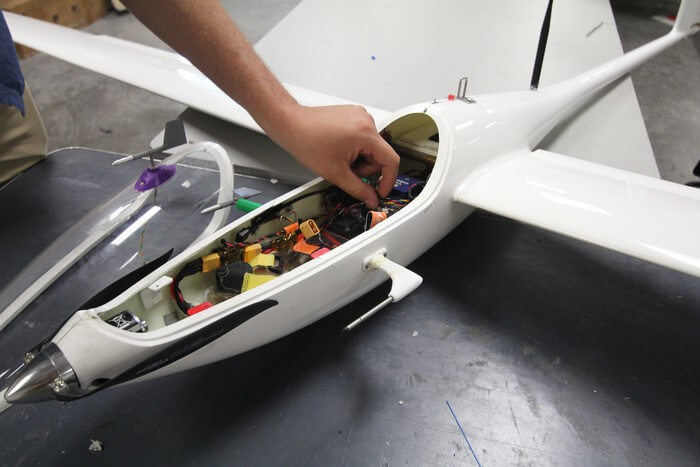Science
Related: About this forumEngineers Design Motorless Sailplanes For Mars Exploration
July 3, 2022
University of Arizona

The Mars sailplanes will contain a custom-designed array of navigation sensors, as well as a camera and temperature and gas sensors to gather information about the Martian atmosphere and landscape.
Eight active spacecraft, including three operated by NASA, orbit Mars, gathering imagery of the planet’s surface at a resolution of about 1 foot per pixel. Three rovers traverse the ground, mapping small areas of the planet with greater precision. But what lies in the hundreds of kilometers between the rovers and the orbiters – including atmospheric climate processes and geological features like volcanoes and canyons – is often of most interest to planetary scientists.
“You have this really important, critical piece in this planetary boundary layer, like in the first few kilometers above the ground,” said Alexandre Kling, a research scientist in NASA’s Mars Climate Modeling Center. “This is where all the exchanges between the surface and atmosphere happen. This is where the dust is picked up and sent into the atmosphere, where trace gases are mixed, where the modulation of large-scale winds by mountain-valley flows happen. And we just don’t have very much data about it.”
Kling is partnering with a team of University of Arizona engineers that aims to fill this data gap by designing a motorless sailplane that can soar over the Martian surface for days at a time, using only wind energy for propulsion. Equipped with flight, temperature and gas sensors as well as cameras, the sailplanes would weigh only 11 pounds each. The team details its proposal in a paper published in the journal Aerospace.
The flight of the albatross
Flight on Mars is challenging due to the planet’s thin atmosphere, and this is not the first team to try addressing it. Most notably, NASA’s Ingenuity is a 4-pound helicopter that landed in Mars’ Jezero Crater in 2021. With miniaturized flight technology and a rotor system span of about 4 feet, it’s the first device to test powered, controlled flight on another planet. But the solar-powered vehicle can fly for only three minutes at a time, and it reaches heights of just 12 meters, or about 39 feet.
More:
https://scienceblog.com/531821/engineers-design-motorless-sailplanes-for-mars-exploration/
Silent3
(15,909 posts)...for something that has to stay aloft without powered flight in the very thin Martian atmosphere. Even if this really means "a mass that weighs 11 pounds on Earth, that will weigh 4 pounds on Mars".
I'm sure NASA wouldn't be considering this, of course, if computer models and other tests didn't bear out the basics.
cloudbase
(5,851 posts)FES: Front Electric Sustainer
There's a motor with a two-blade folding propeller. This makes sense, since there'd have to be rising atmosphere to keep it aloft. The motor allows for bringing your own lift.
Still, a cool project.